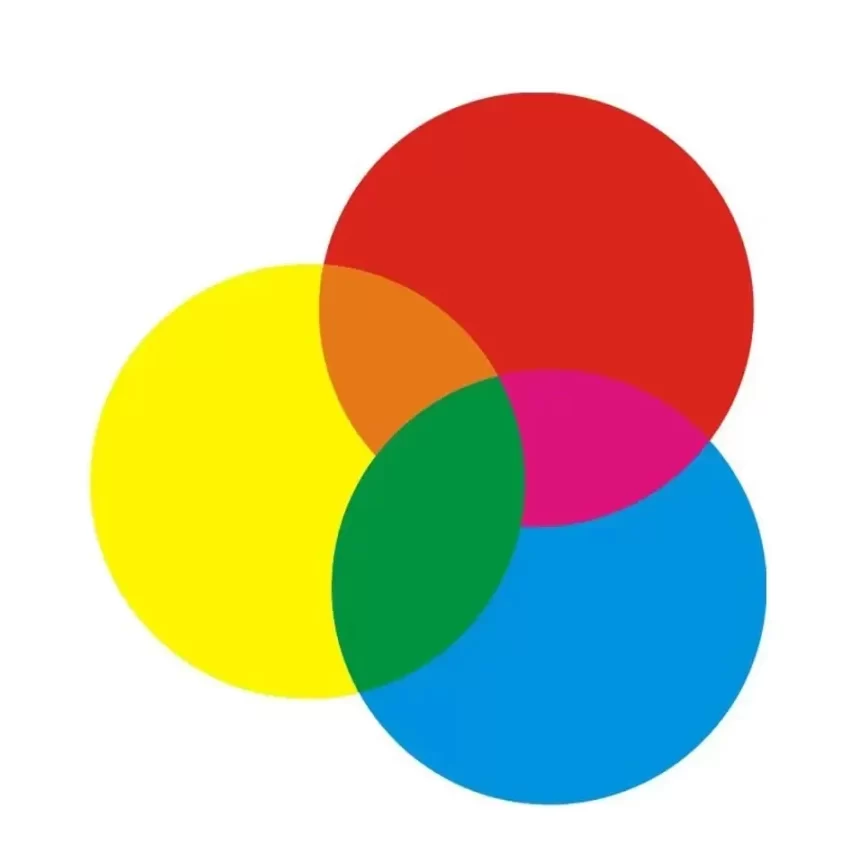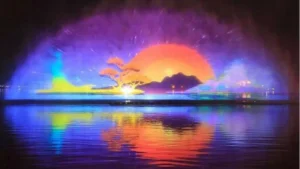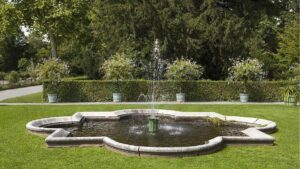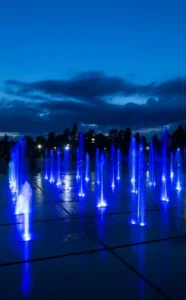- Product Knowledge
Additive Colour Mixing in LED Lighting
Additive colour mixing is a fundamental concept in lighting technology, involving the blending of different light colours to produce new ones. This method, commonly used in LED lighting, relies on the primary colours of red, green, and blue (RGB) to create a wide spectrum of colours, including white light.

How Does Additive Colour Mixing Work?
Additive colour mixing occurs when red, green, and blue light sources are projected and overlapped. When these three primary colours are combined on a white surface, they produce new, brighter secondary colours:
- Red and Green = Yellow
- Green and Blue = Cyan
- Blue and Red = MagentaIn this process, light colours are combined to create new shades. This is distinct from subtractive colour mixing, where colours are absorbed or filtered, typically used in printing and pigments.

Additive Colour Mixing in LED Lighting
LED lighting harnesses additive colour mixing to create vibrant and flexible lighting displays. LEDs use red, green, and blue phosphors to project light directly to the eye. This technique is widely used in devices like computer monitors and television screens, where the RGB phosphors combine to give the impression of white or coloured light.
Due to how the human brain perceives light, these colour combinations form a seamless visual experience. The use of additive colour mixing in LED technology allows for dynamic lighting changes without needing reflective surfaces, making it ideal for both residential and commercial applications.
The Value of Additive Colour Mixing in Lighting Design
Additive colour mixing adds incredible versatility to lighting design, especially in environments where lighting needs to be adaptable. With electronic control units, individual light colours or the overall colour temperature can be adjusted effortlessly. This technology is beneficial for:
- Museums and Galleries: Curators can modify lighting to enhance the visual appeal of artworks, shifting tones based on the exhibit.
- Human Centric Lighting (HCL): Adjusting light temperature throughout the day can improve people’s well-being, syncing with natural circadian rhythms to simulate daylight patterns.
Additive colour mixing is a powerful tool in modern lighting design. From dynamic art displays in galleries to enhancing well-being in HCL applications, this technology offers flexibility and precision. As LED technology continues to evolve, the possibilities for creating tailored lighting experiences are limitless.



